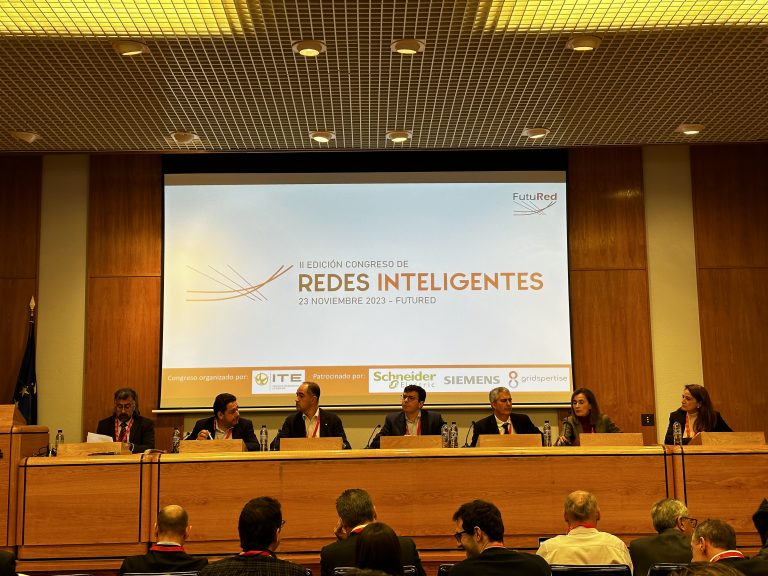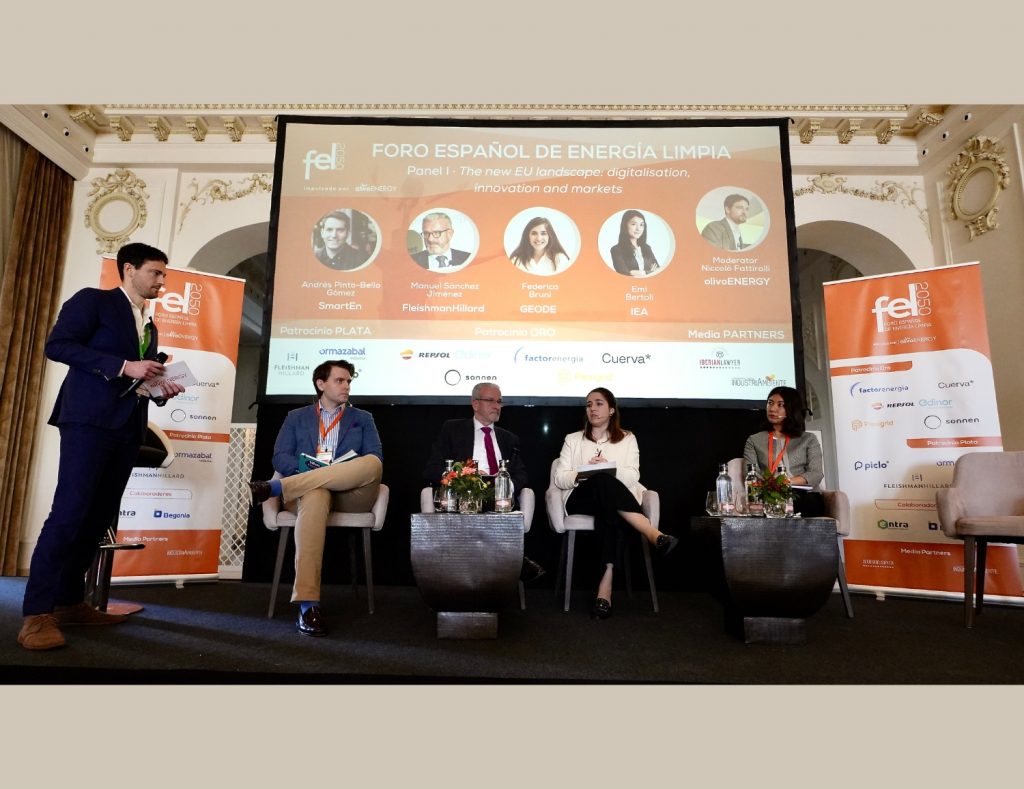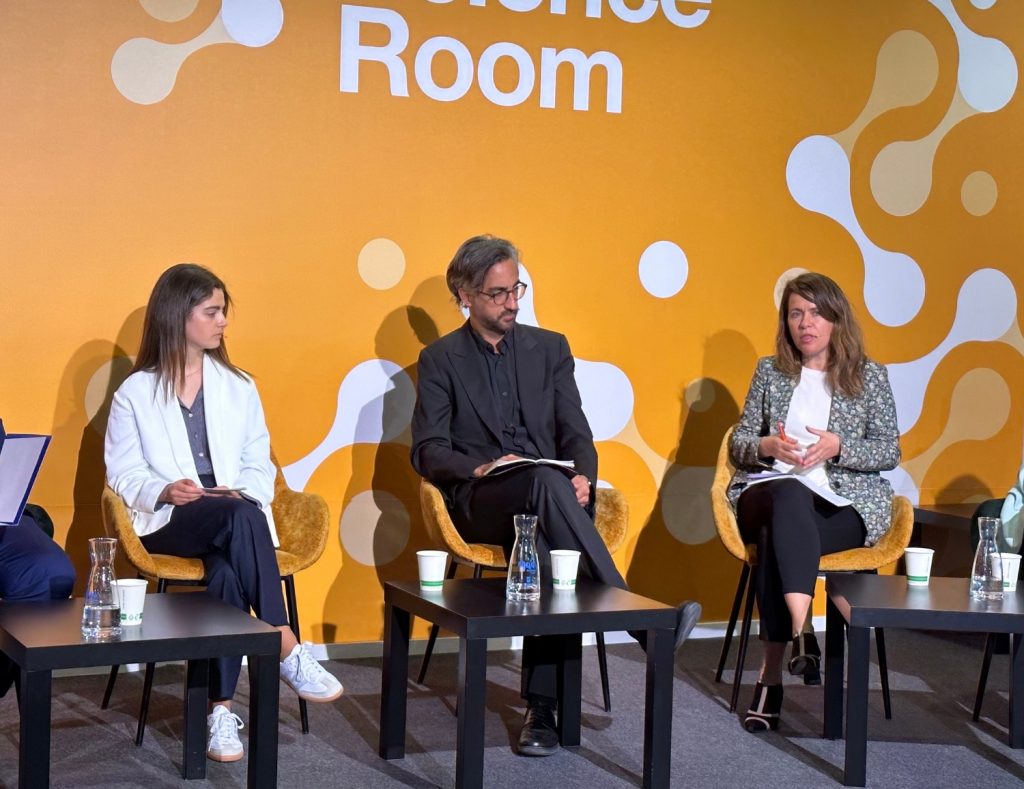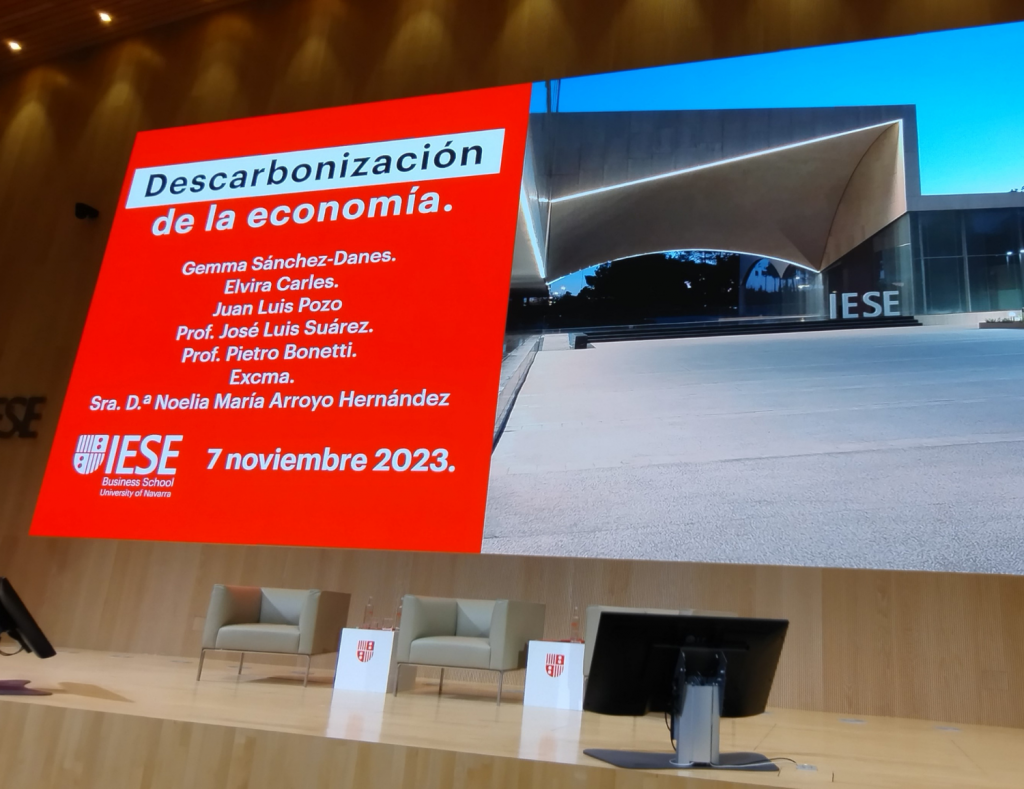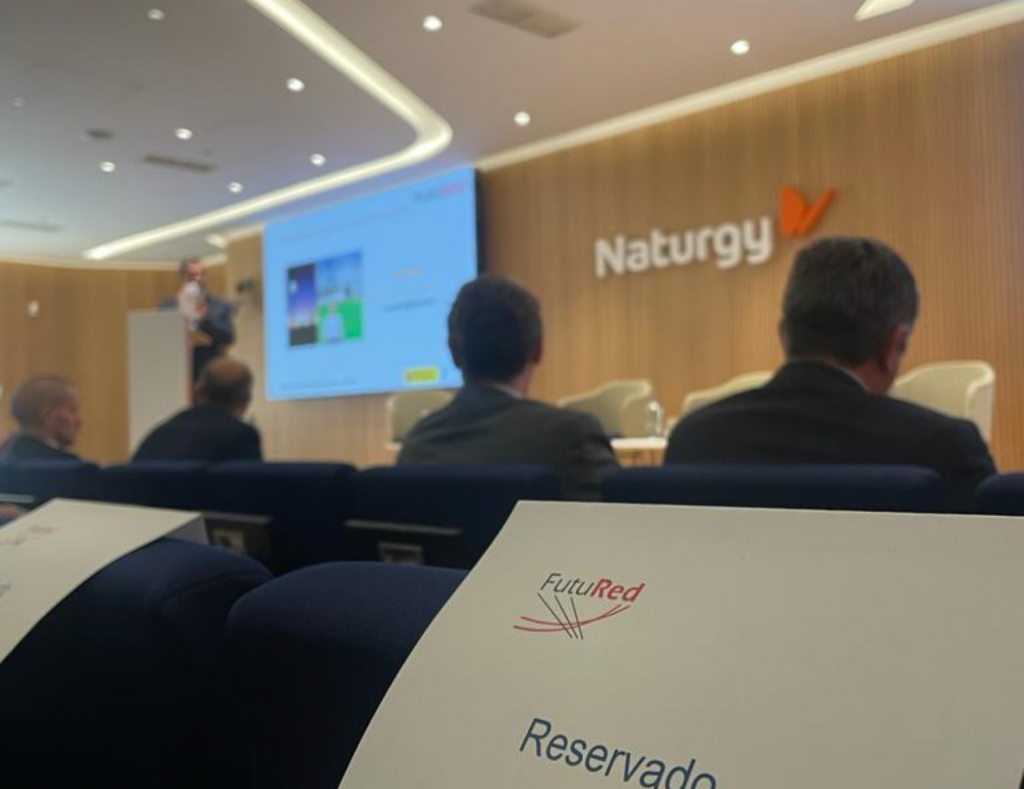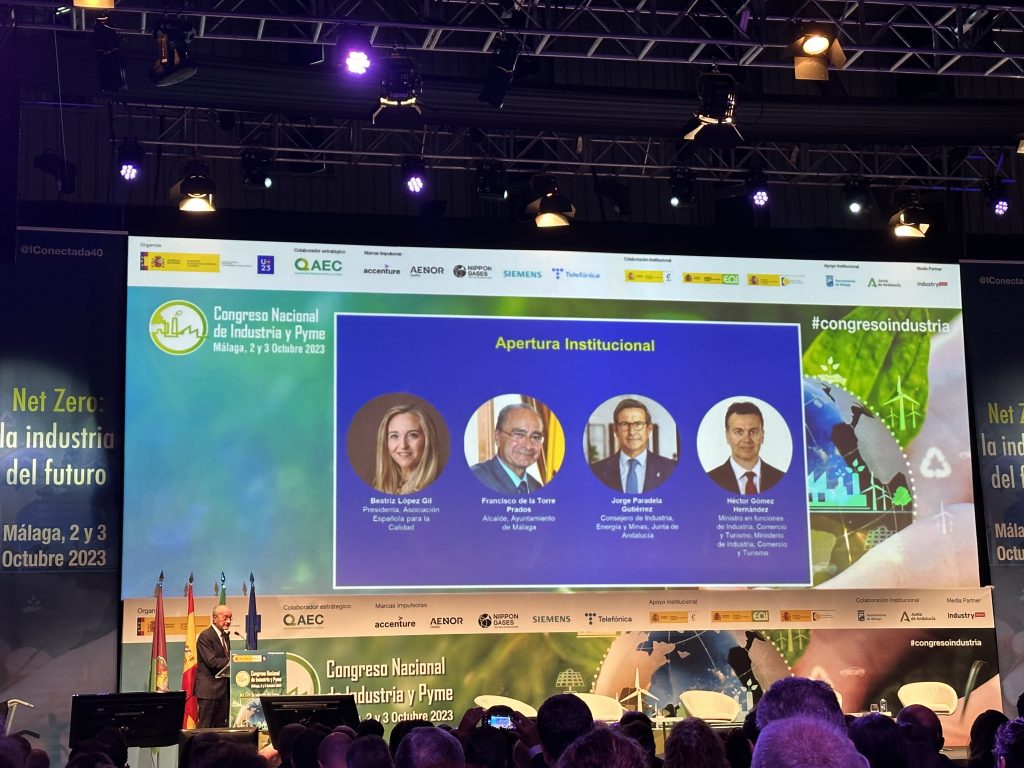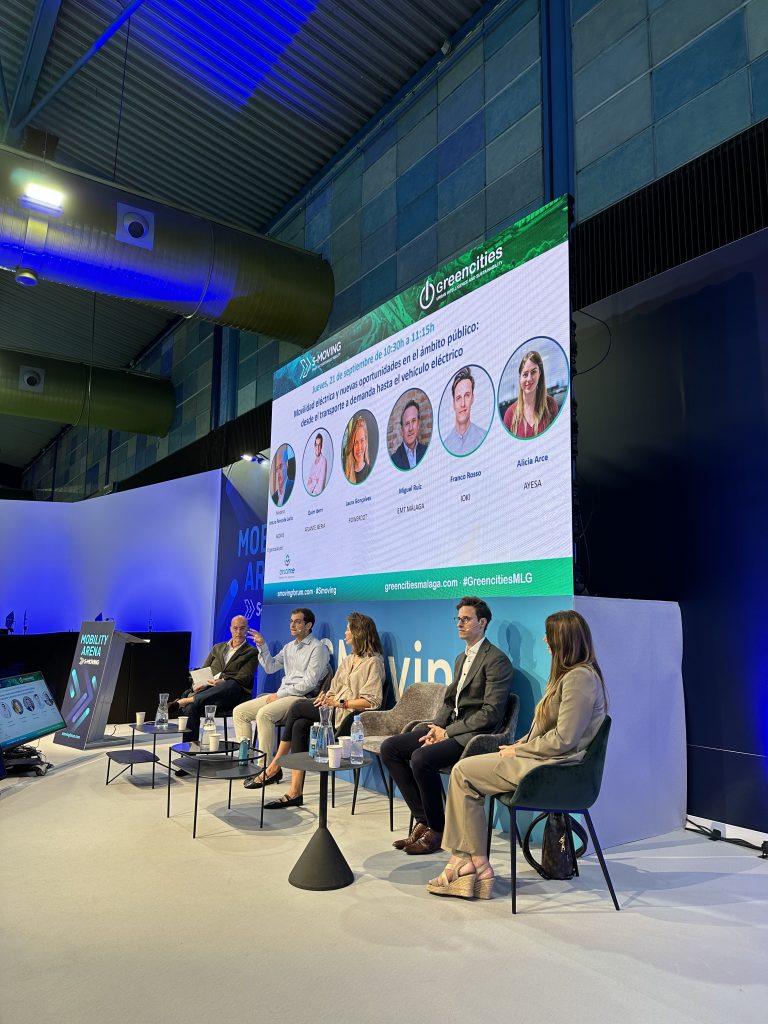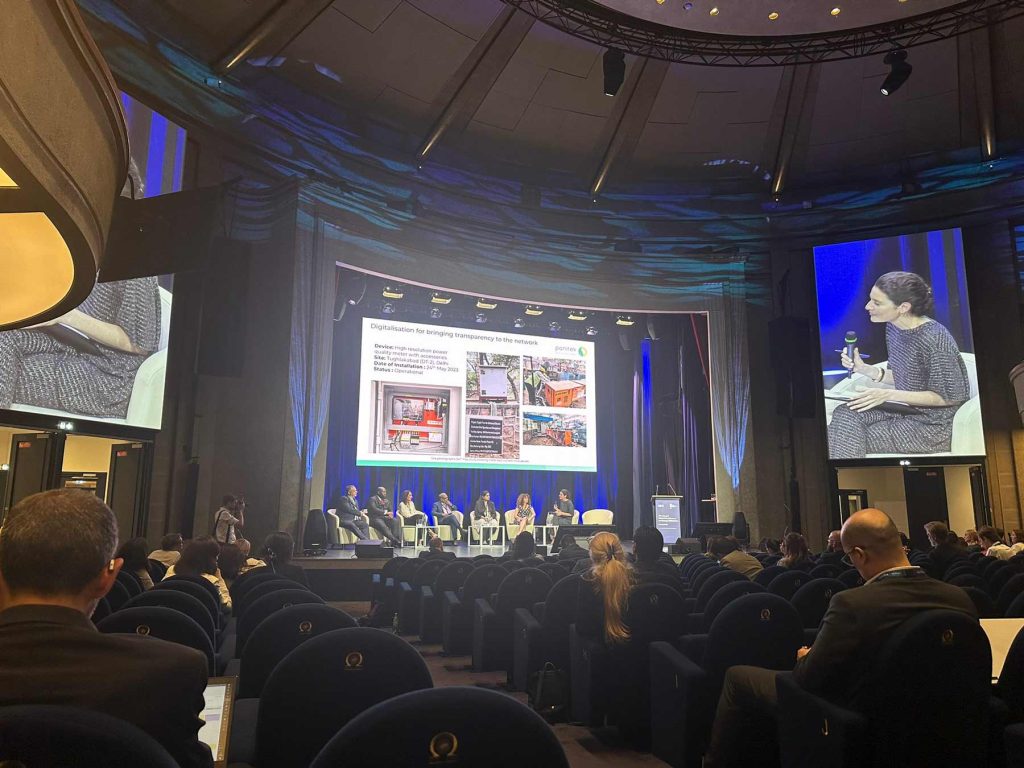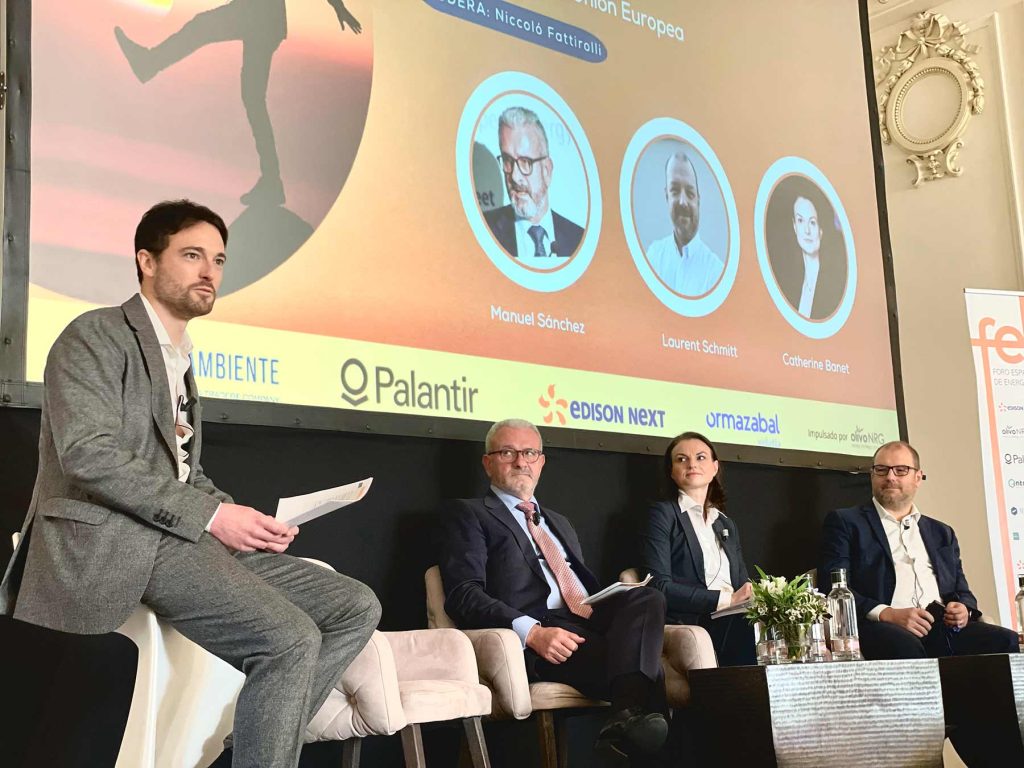Last November 23rd, took place the second edition of the Smart Grids Congress organised by Futured.
During this event, industry experts and professionals from leading companies analysed the current situation and future prospects of medium and low voltage distribution grids. At the congress some examples of innovative projects that offer solutions to overcome the challenges that lie ahead were presented.
We are experiencing a paradigm shift in the energy sector with new business models emerging which unveil new challenges. To meet European and national targets the grid must double its capacity due to the increase in Distributed Energy Resources (DERs).
Therefore, we need to act sensibly and avoid massive investments by using innovative solutions, such as local flexibility markets and regulatory sandboxes.
Current technology
Technology plays a central role in the transformation of distribution networks, enabling more efficient, sustainable and resilient operations. The good news about these concerns is that technology is now ready to use, and should be a tool to address the challenges arising from the high integration of renewable energy sources, load management and power flow optimization.
Smart Meters
In Spain, the progressive implementation of smart meters has enabled remote metering of energy consumption, unlocking key control and monitoring functions. Although, the need for further automation to optimize the performance and development of smart grids is recognized.
Digitalisation and software
To obtain digitalitasion, automatic actuation and complete remote control of the networks from the Transformer Substation (TC) to the user’s meter, we need to use software solutions. These software solutions must be transparent, modular, interoperable, flexible and secure to analyze the large amount of data that will be required in the low voltage network. Thanks to the use of this technology, the following benefits will be achieved:
- Prediction in the operation of the networks.
- Reduction of technical losses
- Dynamic adjustment of limits
- Allowing the use of different distributed energy resources
- Invest in capex with maximum return
- Dealing with the complexities presented by DERs successfully
- Operate networks near physical boundaries with reliability and efficiency.
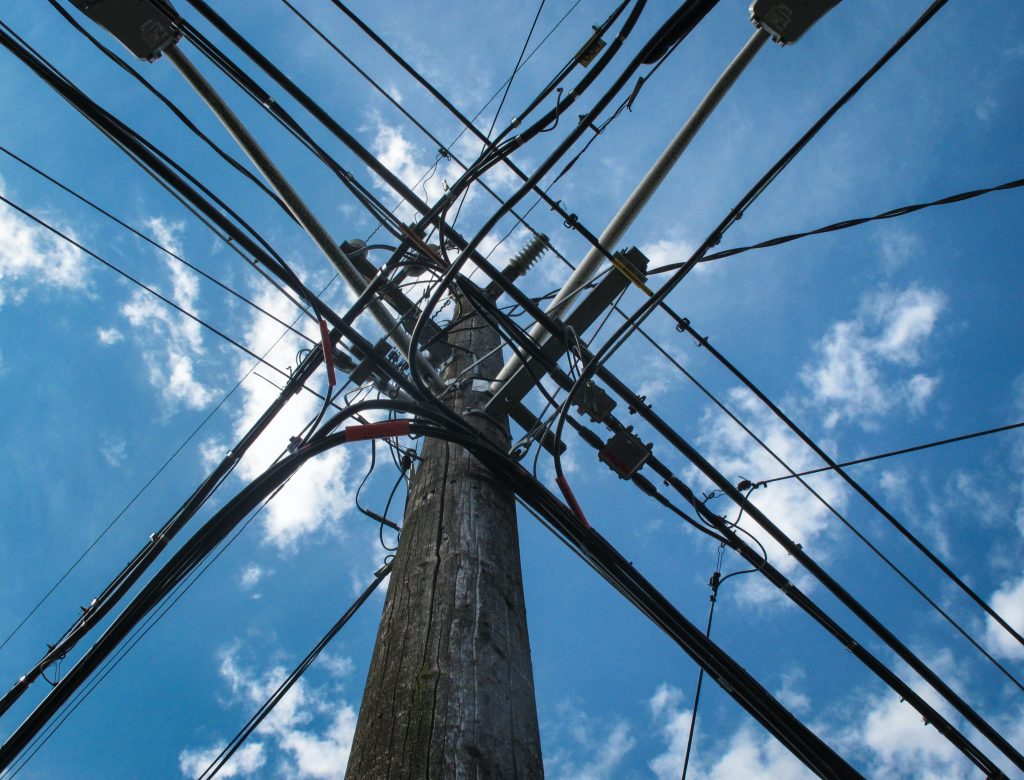
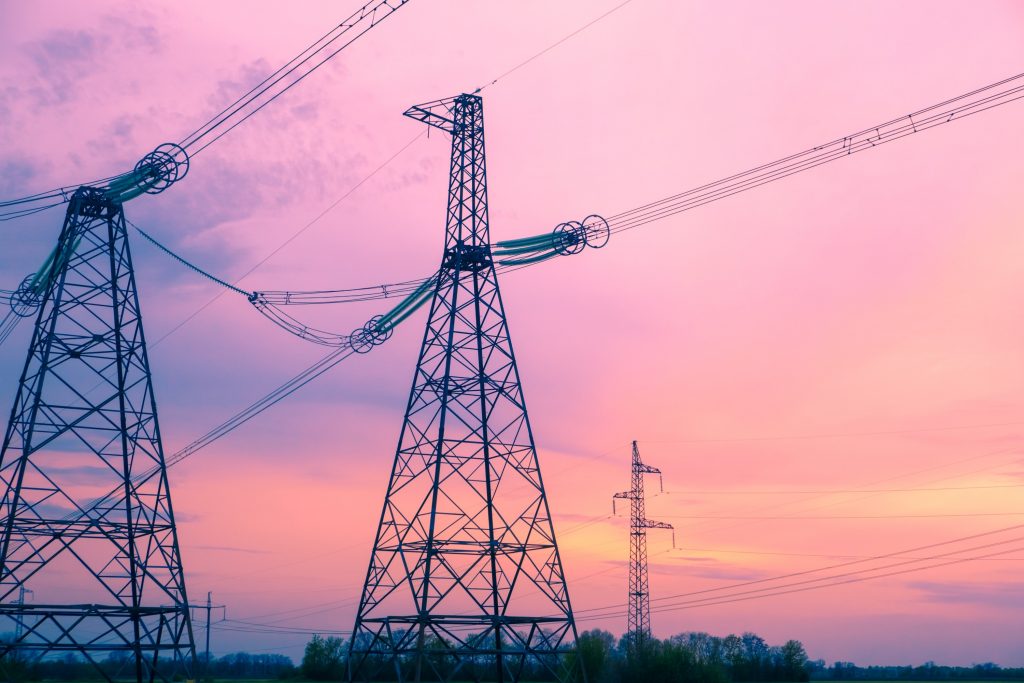
Next Challenges
To make the grids fully intelligent, the infrastructure needs to be upgraded to support modern technologies. Distributors must be remunerated for the implementation of the technology, thus stimulating their investments and fostering the formation of a competitive market with innovative solutions.
In view of the European directives that, as of January 2026, prohibit the use of hexafluorides in TCs, distributors are forced to innovate in the installation and maintenance processes. This change implies the need to revalidate these methods through national laboratories, which, unfortunately, are scarce in Spain. Such scarcity complicates the qualification and homologation processes, so it is crucial to consider these times in the planning.
Electrical grids are like roads. There are times when roads are congested due to the large number of cars and vehicles. The solution to decongest them is not building new infrastructure but implementing solutions that give flexibility such as people sharing cars, for instance.
Ramón Gallart, Innovation Director · anêll
Conclusions
As a conclusion, we would like to stress the need to use technology effectively to obtain significant benefits with minimal investment. Technological innovation, planning and collaboration among industry stakeholders are key to overcome future challenges. Besides, by using flexibility we avoid the investment in the expansion of new grids and the high cost of associating them.
____________________

